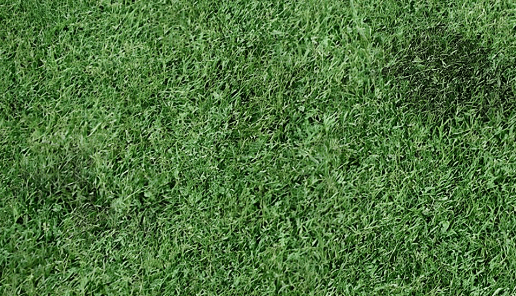What Are The Reasons That Artificial Grass Goes Mouldy In Vista?

- Just like any other type of surface, dirt and debris will accumulate on your artificial lawn over time and this can lead to the growth of bacteria, which can eventually cause mould to form on the blades of grass. Regularly sweeping and hosing down the surface is essential for keeping it clean.
- Too much water or moisture in the air can also encourage the growth of mould on artificial grass. If you live in a particularly humid climate, you may want to consider investing in a dehumidifier for your garden.
- Artificial turf should have an adequate underlayment and drainage system to ensure that water doesn’t pool on top of the lawn. Poorly designed or blocked drains are a common cause of mould growth on artificial turf.
- A low-quality installation job can easily leave gaps between panels which allow moisture to build up beneath the surface and lead to mould growth. To avoid this, it’s important to invest in an experienced installer who will make sure that your artificial grass is properly sealed and there are no gaps between the panels.
- Applying a protective sealant to your artificial grass will help protect it against mould and mildew growth, as well as other environmental damage. Ideally, this should be done annually or biannually to keep the surface looking its best.
- If you have plants growing around your artificial lawn, it’s important to make sure that any leaves or organic matter are removed promptly after they fall onto the surface, in order to deter mould growth.
- Sand or rubber infills can also encourage mould growth if used on artificial turf; instead, opt for an antimicrobial silica infill to keep the blades of grass free from mould.
FAQ’s
Can Mold Grow On Artificial Grass?
Yes, it is possible for mould to grow on artificial grass, particularly if the surface isn’t kept clean and dry or if there are gaps in the installation that allow water and moisture to build up beneath the surface. To avoid mould growth, make sure you regularly sweep and hose down your artificial lawn and invest in an experienced installer who will create a sealed surface with no gaps between panels.
What Can Damage Fake Grass?
Several factors can cause damage to fake grass, including excess water or moisture in the air, poor drainage systems, not cleaning it regularly enough and using the wrong type of infill. Applying a protective sealant to your artificial grass will also help protect it against mould and other environmental damage.
How Long Do Artificial Lawns Last?
The lifespan of artificial grass will depend on the quality of turf, installation and maintenance that is provided. Generally speaking, a high-quality artificial lawn should be able to last for around 15 years if it is well maintained and kept clean. This means regularly sweeping, hosing down and protecting your synthetic turf with a sealant every few years.
Conclusion
It is important to be aware that mould can grow on artificial turf, however following the right maintenance and care steps will minimize the chances of this happening. For more information, contact Artificial Turf Vista at (760) 316-1167.

